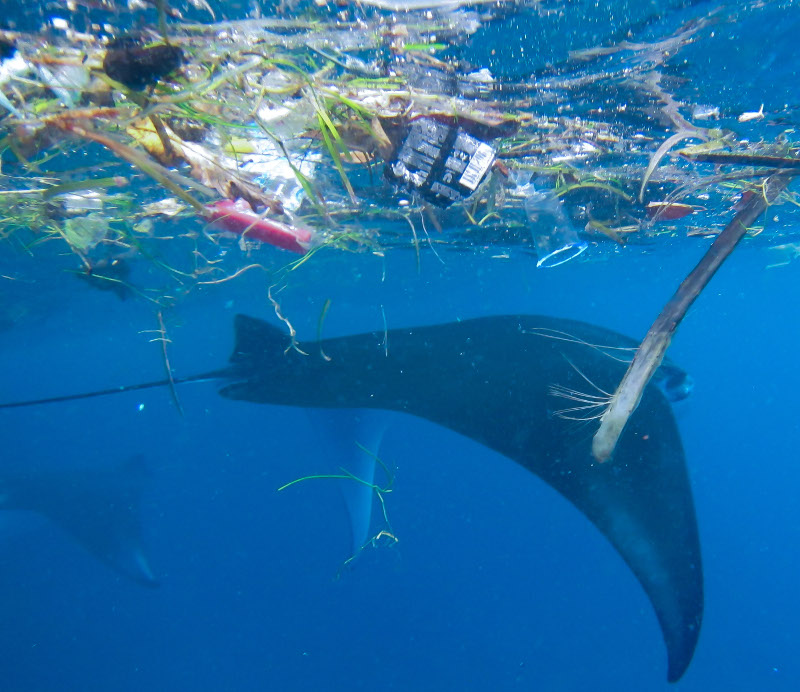Microplastics move up marine chain
 New research shows microscopic marine bugs are battling with microplastics.
New research shows microscopic marine bugs are battling with microplastics.
Microscopic marine predators can ingest microplastic, which in turn lowers their growth and overall abundance, according to a new study.
This has implications for the larger marine animals that feed on these tiny predators, both in terms of available food and the transfer of energy up the food chain.
“The plastic pollution of our oceans isn’t just affecting whales and sea turtles, it also impacts the small, microscopic animals towards the bottom of the food chain,” said Dr Susanne Menden-Deuer from the University of Rhode Island in the US.
“Our study shows that some single-celled marine predators called dinoflagellates ingest microplastic particles, and when they do, they grow 30 per cent more slowly than those that eat just their typical algal prey.
“Consequently, this can almost halve the abundance of dinoflagellates, which will have an impact on the larger marine animals that feed on these tiny creatures.”
Dinoflagellates may be amongst the smallest predators in the ocean, but they play a huge role in grazing on phytoplankton – the single-celled algae at the base of the marine food web – and moving this food energy up the food chain to larger animals.
“We know that microplastics the size of phytoplankton exist in the ocean, so we wanted to understand if dinoflagellates ingest these particles thinking they are phytoplankton, and if doing so impacted their growth and ultimately the wider marine food web,” explains researcher Victoria Fulfer.
The researchers separately incubated 3 different species of dinoflagellates with their normal algal prey or high concentrations of microplastics in bottles of seawater, and compared the growth of the dinoflagellates feeding on algae with those fed on plastic.
“Two dinoflagellate species ingested the microplastics, although one did show a preference for their natural algal prey, suggesting not all of these tiny predators are affected equally,” Dr Menden-Deuer says.
“We then observed that the growth of the dinoflagellates that ate the plastic was considerably reduced.
“Interestingly, one dinoflagellate did not eat the microplastic particles. It has a different feeding mechanism to the others. Like Spider-Man, it throws a web around its prey and digests it externally, which would not work for microplastics.”
The study suggests that the reduced growth by the dinoflagellates that ingested microplastics means that the amount of energy transferred up the food chain is also reduced.
Dr Menden-Deuer said the team will now examine how plastic aging may affect the predator’s plastic preference.
“We know that bacteria grow on microplastics over time, changing the biology and chemistry on the plastic surface,” she said.
“Much of the signaling and communication in the plankton happens through chemicals. We expect that aged plastics would be eaten even more vigorously than the pristine ones we offered in our experiments.”








 Print
Print